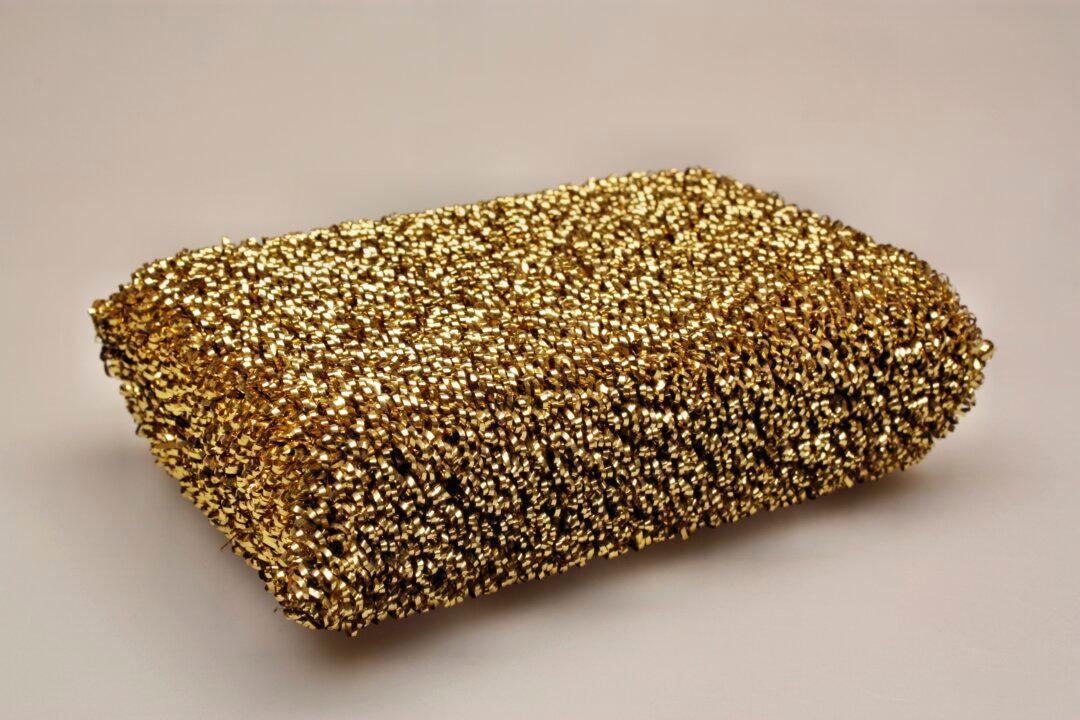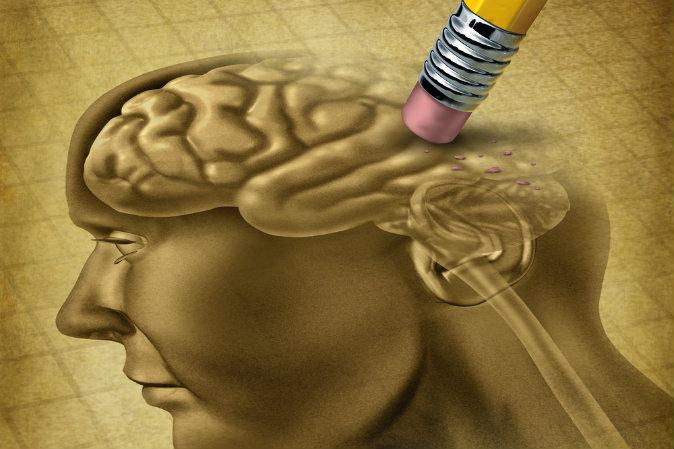Sponge-like nanoporous gold could be key to new devices for detecting disease-causing agents in humans and plants, say researchers.
Two recent papers demonstrate that the team could detect nucleic acids using nanoporous gold, a novel sensor-coating material, in mixtures of other biomolecules that would gum up most detectors.
This method enables sensitive detection of DNA in complex biological samples, such as serum from whole blood.
“Nanoporous gold can be imagined as a porous metal sponge with pore sizes that are a thousand times smaller than the diameter of a human hair,” says senior author Erkin Şeker, assistant professor of electrical and computer engineering at University of California, Davis. The findings appeared online in the journal Analytical Chemistry in April and August.
“What happens is the debris in biological samples, such as proteins, is too large to go through those pores, but the fiber-like nucleic acids that we want to detect can actually fit through them. It’s almost like a natural sieve.”
Rapid and sensitive detection of nucleic acids plays a crucial role in early identification of pathogenic microbes and disease biomarkers. Current sensor approaches usually require nucleic acid purification that relies on multiple steps and specialized laboratory equipment, which limit the sensors’s use in the field. The researchers’s method reduces the need for purification.




